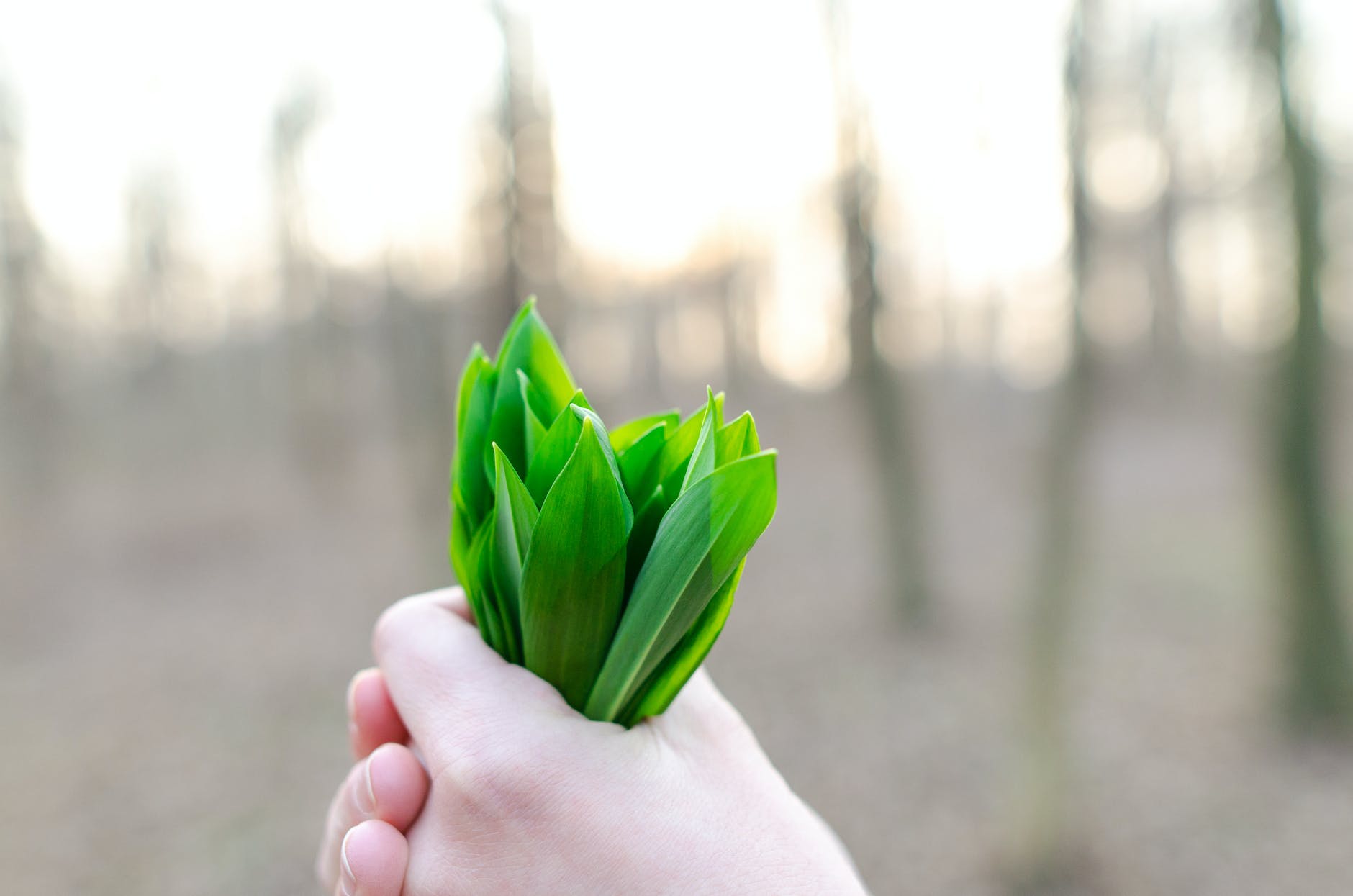Deep in the heart of the Amazon rainforest, an indigenous plant medicine, Ayahuasca, has been used in sacred rituals for hundreds of years. Utilized in the spiritual practices of shamanism, this powerful brew is believed to bring about a spiritual awakening and offer transformative healing. Today, the influence of Ayahuasca not only permeates spiritual domains but now also echoes through contemporary psychedelic art and culture.
Ayahuasca, derived from the Banisteriopsis caapi vine and other plants, contains the psychoactive compound DMT. When consumed in a ritualistic setting, it induces a profound psychedelic experience. Many seekers across the world venture into the Amazon to partake in these rituals, eager to tread a transformative journey guided by experienced shamans.
The profound experiences with Ayahuasca have inspired a new wave in the world of artistic expression – psychedelic art. Artists who have participated in Ayahuasca rituals echo their intense, vibrant, and often mystical visions into their pieces. This art form goes far beyond merely encapsulating geometric patterns or psychedelic hues witnessed during the journey. It serves as a powerful medium to navigate the complex terrain of subconsciousness, presenting a unique opportunity to explore and interpret the cosmic and spiritual dimensions of existence.
Consider the work of visionary artist Pablo Amaringo. His vibrant and intricate paintings vividly depict his personal experiences with Ayahuasca, featuring a complex layering of Amazonian folklore, celestial beings, and jungle flora and fauna Pablo Amaringo.
It’s not just about the individual experiences and interpretations; the influence of Ayahuasca seeps into broader cultural domains as well. Rituals around Ayahuasca, although anchored in the indigenous cultures of the Amazon, have resonated with the Western world and have become instrumental in forming new spiritual and artistic subcultures. The increased interest in plant medicine and holistic healing has led to a greater appreciation for the sacred nature of Ayahuasca and its ceremonious consumption.
In accordance with this, several festivals and retreats are dedicated to the interplay of Ayahuasca, shamanism, art, and culture. An example of this is the World Ayahuasca Conference. This event brings together individuals from diverse backgrounds, including scientists, legal experts, indigenous leaders, and artists, forming a platform to discuss and promote the therapeutic, traditional, and cultural uses of Ayahuasca.
The psychedelic renaissance, marked by renewed interest and research into psychedelics like Ayahuasca, psilocybin, and LSD, has extended its influence into the film and music industries. Ayahuasca’s spiritual journey is often depicted in documentaries and films, and its mystical tones have influenced numerous musical compositions and performances.
The influence of Ayahuasca is so transformative that it has given rise to an entirely new genre of music known as Ayahuasca Icaros. Traditionally, these are sacred songs sung by the Maestro Shaman during Ayahuasca ceremonies, designed to guide participants through their spiritual journey. These Icaros have now found a place in electronic music, recordings, and performances, serving as a bridge between the ancient and the modern, the indigenous and the global.
In conclusion, Ayahuasca, borne from indigenous rituals and the sacred depths of the Amazon rainforest, plays a critical role in shaping psychedelic art and culture globally. This ancient brew serves as a tool for spiritual awakening, a catalyst for art, and a transformative force in contemporary culture. The wisdom and insights gained through this plant medicine have generated a ripple effect, echoing through various artistic expressions and cultural dimensions.
By acknowledging and respecting Ayahuasca’s roots in shamanic practices and indigenous cultures, we can better appreciate its profound influence far beyond the confines of the Amazon, and in turn, harness its potential for healing and transformative journeys.
Sources:
1. Pablo Amaringo’s Art
2. World Ayahuasca Conference
3. Psychedelic Research
4. Ayahuasca Symposium
5. Ayahuasca Icaros




